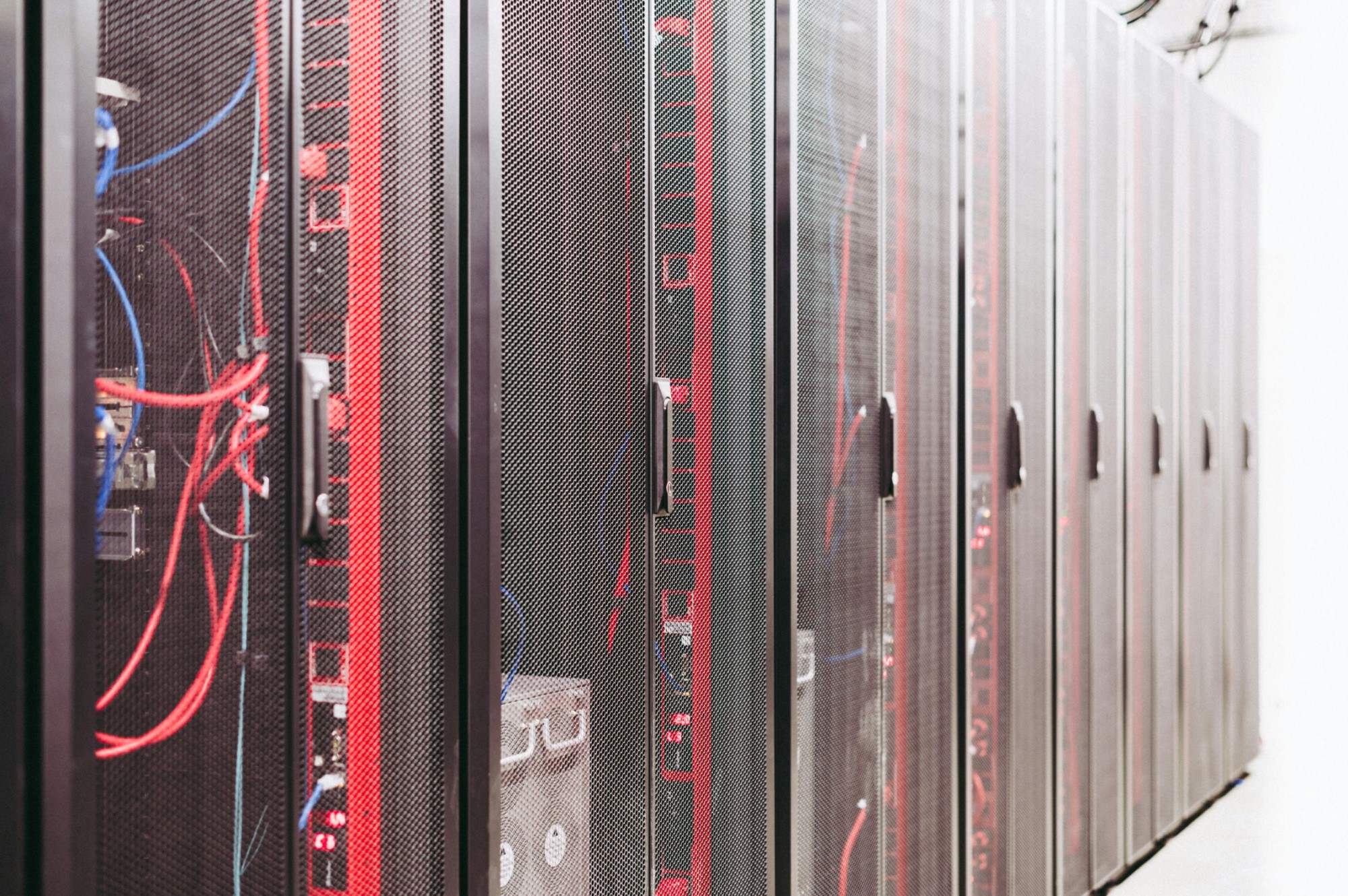Today’s technology boom isn’t just reliant on innovation — it’s reliant on energy supply. AI has the potential to create upwards of $4.4 trillion in economic value worldwide, but the U.S. alone would need 50 to 60 gigawatts of new data center infrastructure to support those ambitions. Because of the high energy demands of AI, cloud infrastructures, and big data initiatives, data center energy consumption is expected to rise to 12% of the total annual U.S. electricity consumption by 2028, up from just 1.9% in 2018.
Where will that energy come from? And how will data centers ensure they have access to it to support their growing computing needs? To stay ahead of energy demands, data center operators and commercial real estate leaders can turn to flexible energy options that offer more control, cost savings, and independence from traditional grids.
Rising Energy Needs to Support Computing Innovation
Organizations have big plans for AI and other scaling technologies like cloud computing and data storage. In 2024, 78% of companies said they used AI in at least one business function, up from just 20% in 2017, and AI, cloud, and big data are all essential business needs today. To support these tech innovations, companies are turning to data centers for the space and infrastructure to run their hardware.
But these technologies require a lot of energy — for AI, about 10 times the electricity of equivalent non-AI software — which the data center needs to provide. And it’s not just computing that data centers are powering. For many, traditional air or fan cooling is becoming less efficient to cool hardware, and chilled water or other liquid cooling options can use up 37% of a data center’s energy.
Data centers rarely have easy access to the amount of energy they need. And it’s not as simple as plugging into the grid, because the grid may not be able to deliver the supply needed for high-energy computing demands. Data centers around the world are facing a wait time of many months to years in the queue to get plugged in, but once connected to a grid, they’re still at the mercy of that grid’s costs and outages.
Data centers can’t wait for appropriate outside energy solutions, especially when customer demand is so high. There is a solution to the bottleneck: rethinking a power strategy that incorporates more sustainable and self-sufficient options, like creating a microgrid, building strategically, and increasing operational efficiencies.
1. Microgrid and Hybrid Energy Solutions
Data center operators and commercial real estate leaders looking to stay ahead of computing demands do have options that can generate more energy independence. One is to create their own microgrid so they can access energy on their own terms.
By creating a microgrid independent of a larger grid, or one that connects to a larger grid as a backup, data centers can choose which energy modalities they want to use, allowing for better control over their costs and their sustainability efforts. They could choose to run their microgrid on solar and battery storage, the cheapest and most renewable fuels today.
The fuel cost for solar is zero, and data centers can store excess solar energy for future use. Natural gas is another fuel being touted as a potential solution, or data centers can create a hybrid of solar, wind, battery, and natural gas. Data centers can also take advantage of peak shaving, where they are able to sell energy back to the grid at high prices and at high energy times.
A microgrid also increases a data center’s energy resilience and security, since it won’t be at the mercy of grid outages and instability, nor as susceptible to natural disasters that may cause the grid to go down for weeks at a time.

2. Strategic Location Decisions
Another way to increase energy independence and ensure needed supply is to build new data centers in strategic locations that allow access to the right power infrastructures, like next to hydropower dams, a nuclear reactor, or a large transmission station.
Data center developers today can look to secondary and tertiary markets where there’s available land and grid capacity to build. For example, 70% of U.S. data center growth is projected to be concentrated in Virginia, Ohio, Illinois, Iowa, Oregon, and Georgia, not in densely populated metropolitan areas.
3. Creative Approaches to On-Site Efficiency
Data center operators can also take advantage of energy efficiencies that can increase energy availability and control costs. One of those efficiencies is getting creative about cooling.
Data centers can expand their underground storage to allow for more natural cooling and less reliance on high-energy HVAC systems. Data center developers can also look to locations in colder regions, so there’s less energy spent on rack cooling. Using recycled water for cooling can also help reduce costs. Another renewable energy option that can reduce cooling demand and costs is geothermal power, an option that Meta is pursuing for its new data centers.
Updating data centers to more energy-efficient infrastructure can create more efficiencies as well, especially when upgrading from air cooling to liquid cooling, which conducts 3,000 times more heat than air, with less energy. Using AI to optimize data center conditions based on sensor outputs can increase operational efficiency and sustainability efforts, too.
Another option for data centers is to strategically colocate near renewable energy plants to utilize curtailed energy — the excess electricity that would otherwise be wasted during peak production times when supply exceeds grid demand. This approach not only provides data centers with reliable power but also helps renewable energy producers monetize what would otherwise be lost revenue from unused capacity.
The Future of Data Center Energy
As technology innovation continues its exponential growth, data centers will need to find ways to supply the energy needed for those innovations. The good news is that as chips powering AI and cloud computing become smaller and more efficient, they’ll require less energy.
Meanwhile, data center operators and commercial real estate leaders have options to create cost-efficient, sustainable solutions for their energy needs — without depending on traditional grids.
Editor’s Note: This article was originally published on Fast Company.









